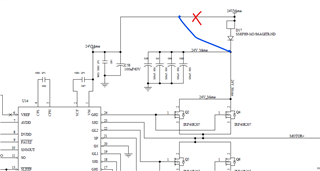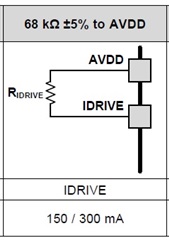Dear Sir/Madam,
We have developed Motor Driver Controller by using driver DRV8701ERGER and IRF40R207 Power MOSFET.
Controller action done through Embedded Software. This Motor driver are using for automatic door controller.
Our 4 nos. of Motor controller have been damaged during testing and we found that only DRV8701ERGER gets damaged.
We are unable to find the root cause failure, why the only DRV8701ERGER getting damaged. Rest circuit components are ok and not damaged like MCU, Power MOSFET and passive components.
I'm attaching schematic ,PCB layout and Motor details for references.
Motor and Encoder.pdfdc-motors-dc-direct-drive-brushed-motors-63-mm-194-and-255-watts-194-w-Part number-82890001.pdf
Regards
Arvind Wagh


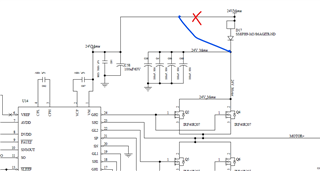
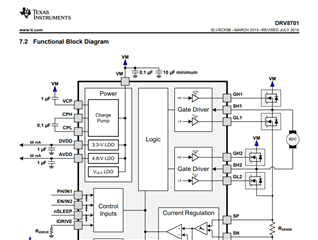

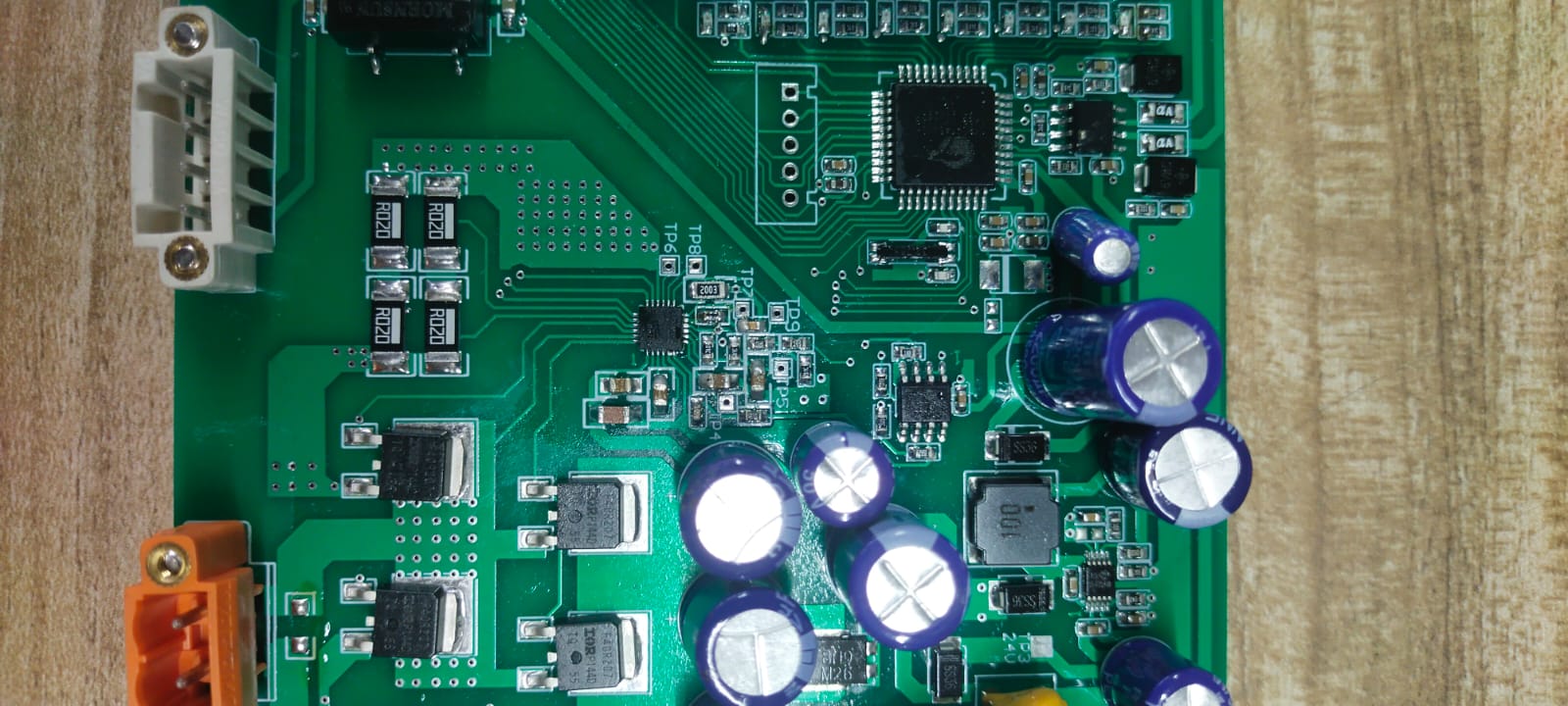
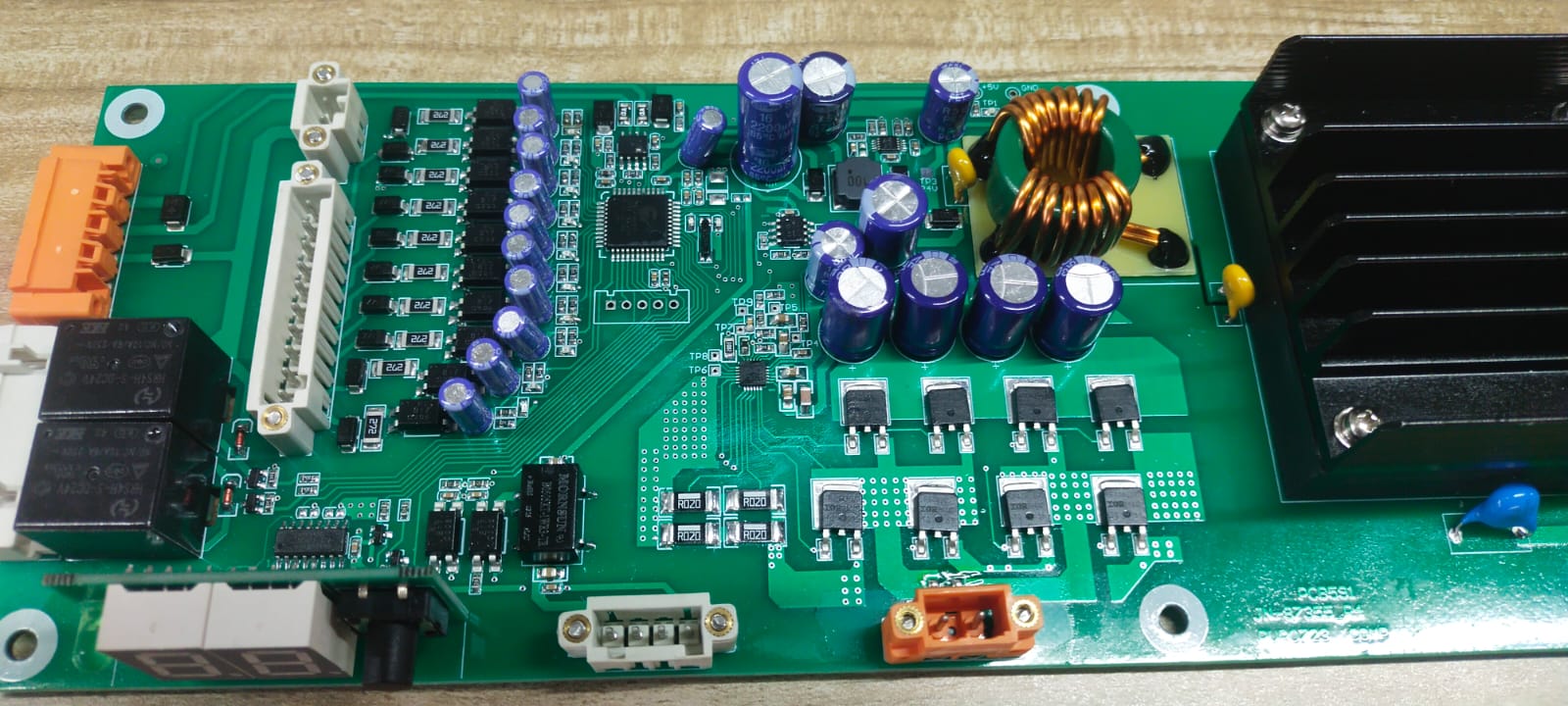
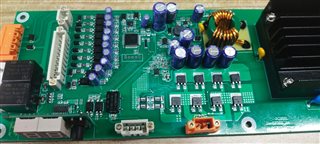

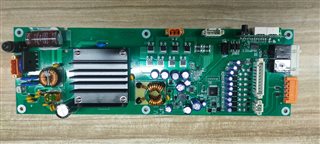
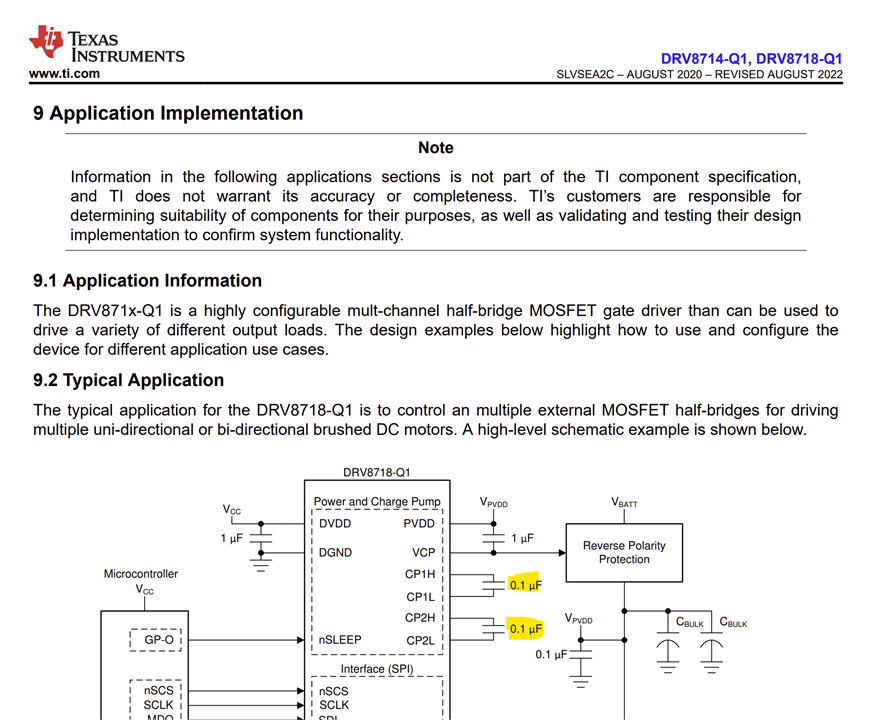
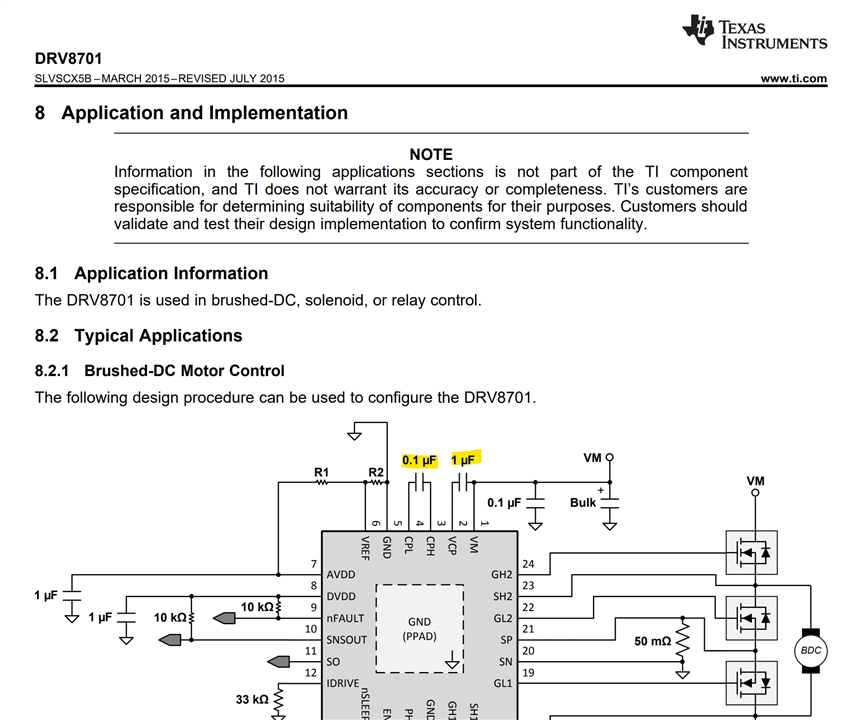
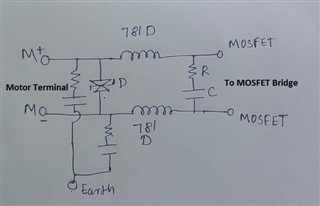


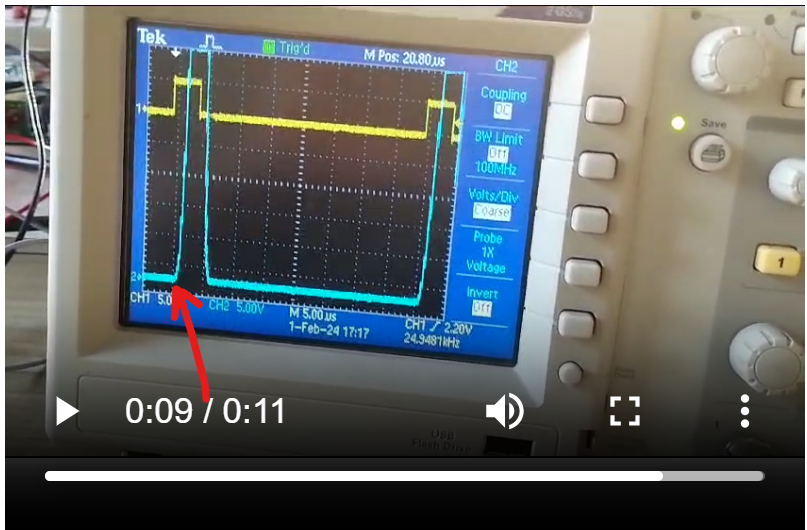



 Dear
Dear 